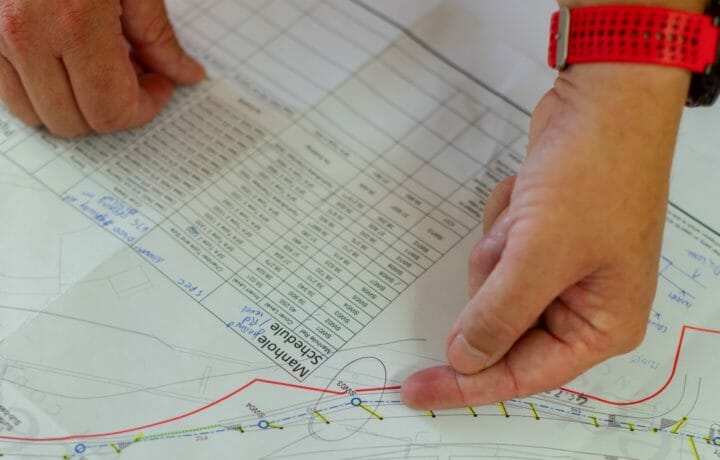US Air Force Reserve units in California, Georgia, and Texas will undergo major personnel changes if the reserve’s command (AFRC) goes ahead with plans to reorganize itself into a leaner force by the 2012 fiscal year. Specifically, the AFRC “will remove personnel, intelligence, communications, chaplain, history, public affairs and medical directorates from the numbered air forces” and deactivate three regional Air Force support groups.
California has the most to benefit from the plans, with March ARB gaining 63 part-time and one full time positions. Beale AFB will add 213 part-time positions and 17 civilian authorizations. Travis AFB will receive four part-time reservist positions and one civilian job. Texas will see major reshuffling of personnel but in the end will gain one position overall. NAS Joint Reserve Base Fort Worth will lose 61 part-time positions and 51 civilian jobs while Joint Base San Antonio will add 82 part-time reservists, 24 full-time reservists, and one civilian position. Georgia is the big loser of the streamlining effort. Dobbins ARB will lose 128 part-time and 1 full-time reservist positions in addition to 35 civilian jobs. These losses are somewhat offset by Robins AFB adding 57 civilian positions during the establishment of the new Air Force Reserve Force Generation Center. In total, Georgia will lose 101 Air Force Reserve positions.
The reorganization is an attempt by the US Air Force Reserve to adjust to its current role in America’s military system. Originally the Reserve was organized to conduct large scale deployments during major military events. However, this mission is changing: “today’s reservists serve every day as interchangeable partners in the total force and are no longer held back just for big surges”, said Lt. Gen. Charles E. Stenner Jr., the chief of the Air Force Reserve and the commander of Air Force Reserve Command “this new reality led the 2008 Commission on the National Guard and Reserve to recommend a force restructure”.
The changes are not due to a lack of need for the Air Force Reserve, in fact far from it. The Air Force Reserve has never been in greater demand. The number of Air Force Reservists actively deployed has doubled since 1999, said Col. Greg Vitalis, AFRC program manager, “the total force needs us to fill requirements in leading-edge missions in space, Intelligence, cyberspace and new weapons systems.”
Mike Jones is a researcher, writer, and analyst on national and international security. He lives in the DC area.



